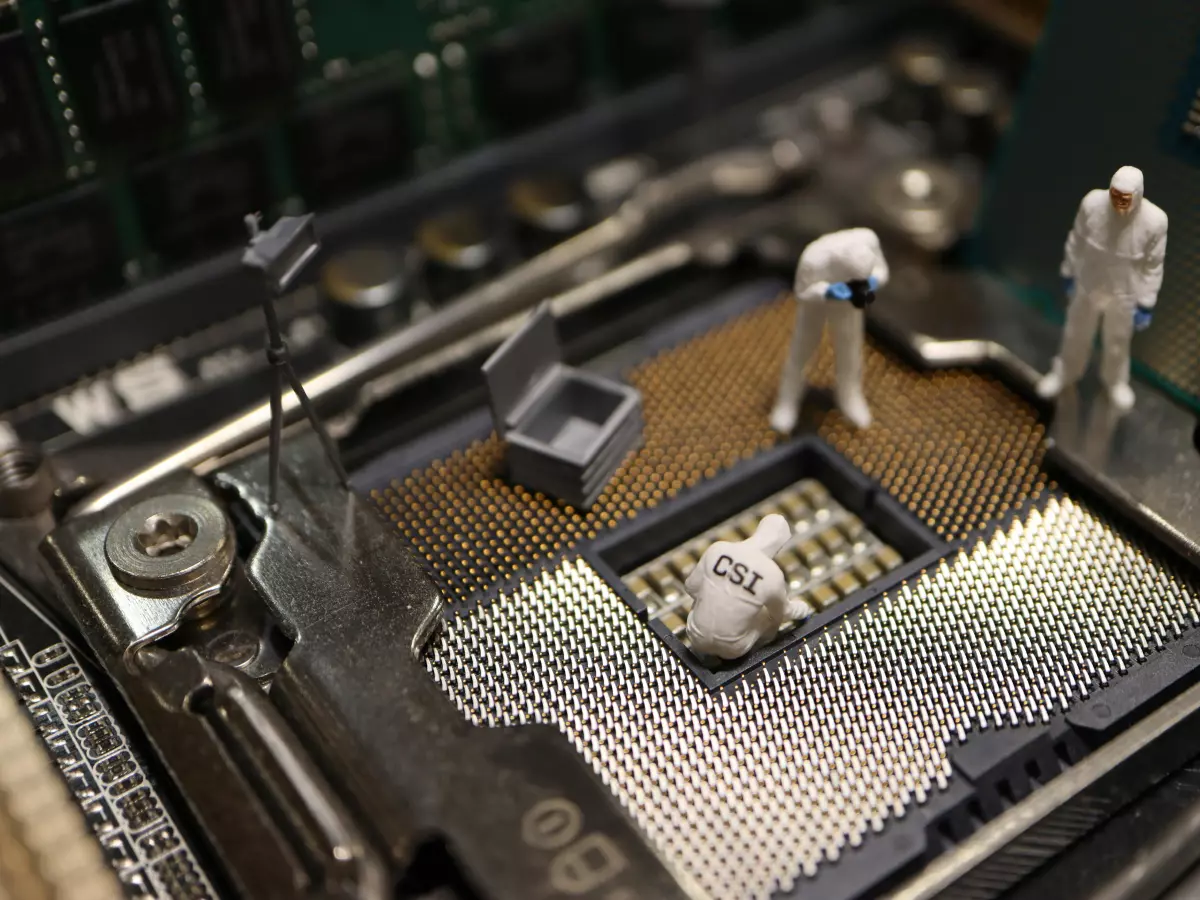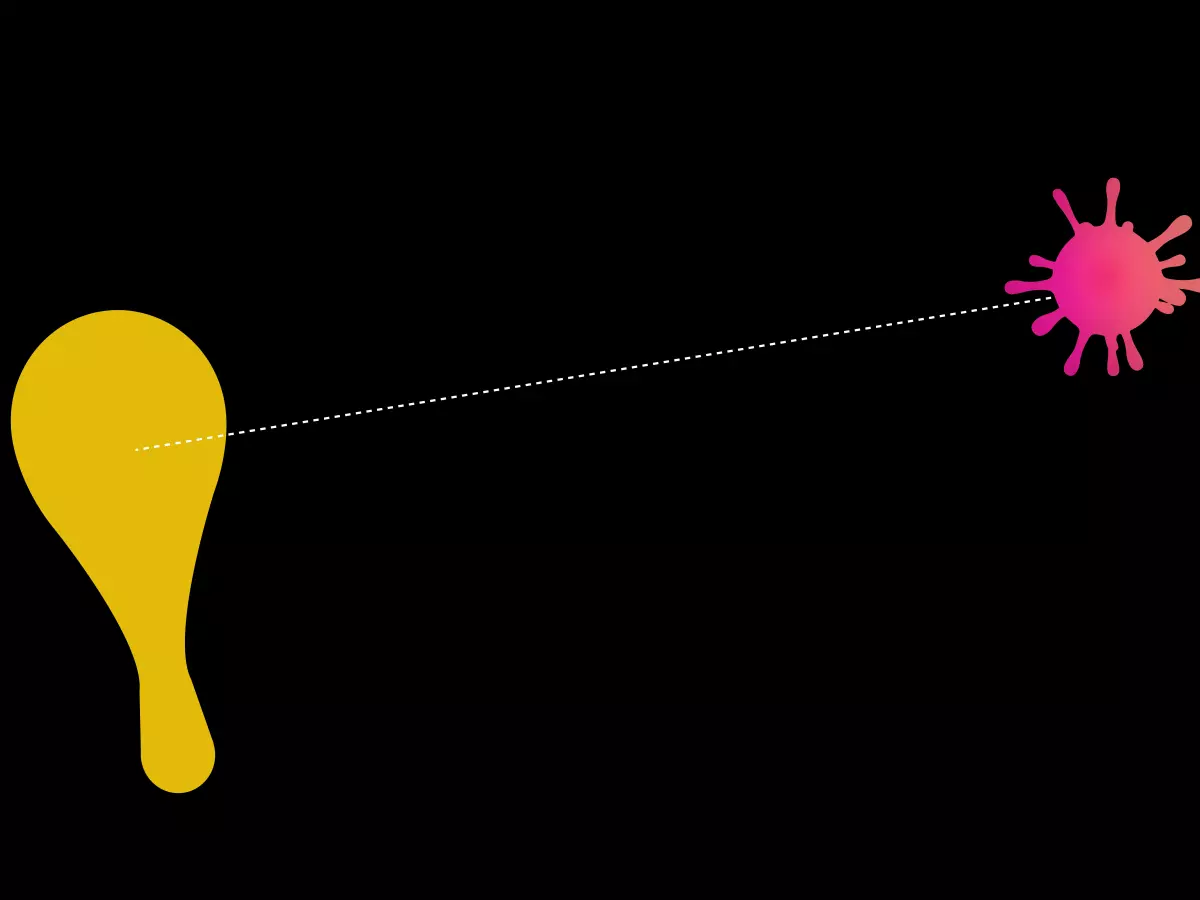Cyber Chaos
Did you know that DDoS attacks can flood a website with so much traffic that it becomes completely unusable? And it’s happening more often than you think.

By Sarah Kim
Imagine a bustling city intersection suddenly overwhelmed by thousands of cars. Traffic grinds to a halt, and no one can move. That’s essentially what a Distributed Denial of Service (DDoS) attack does to a website or online service. It’s a digital traffic jam, and it’s becoming a favorite weapon in the cybercriminal arsenal.
But not all DDoS attacks are created equal. Some are small-scale, targeting individual websites, while others, like the recent wave of attacks Cloudflare is battling, are massive, global operations. These attacks can cripple entire sectors, from finance to healthcare, and they’re only getting more sophisticated.
So, what exactly is a DDoS attack? In simple terms, it's when multiple systems flood the bandwidth or resources of a targeted system, usually a web server. The goal? To make the service unavailable to its intended users. Think of it as a digital mob, all trying to access the same door at once, causing the system to crash under the pressure.
Why DDoS Attacks Are So Dangerous
Here’s the thing: DDoS attacks are not just annoying; they can be downright dangerous. When critical services like banking, healthcare, or even government websites go down, the consequences can be severe. And it’s not just about inconvenience—there’s often a financial cost involved. Businesses can lose millions in revenue, not to mention the reputational damage that comes with being knocked offline.
According to 01net.com, Cloudflare recently faced an unprecedented wave of DDoS attacks that targeted critical sectors worldwide. These attacks were powered by an army of compromised devices, including routers from well-known brands like ASUS. While Cloudflare managed to mitigate some of the damage, the offensive is far from over.
What makes DDoS attacks particularly tricky is that they often involve a network of hijacked devices, known as a botnet. These devices can be anything from personal computers to smart home gadgets, all unknowingly contributing to the attack. It’s like having an army of zombies doing the dirty work for cybercriminals.
The Future of DDoS Attacks
So, what’s next? Unfortunately, the future of DDoS attacks looks grim. As more devices become connected to the internet, the potential for larger, more devastating attacks grows. The Internet of Things (IoT) is a prime target, with everything from smart fridges to security cameras being vulnerable to hijacking.
But it’s not all doom and gloom. Companies like Cloudflare are constantly developing new ways to defend against these attacks. AI and machine learning are playing a significant role in detecting and mitigating threats before they can cause too much damage. However, as defenses improve, so do the tactics of the attackers. It’s a never-ending game of cat and mouse.
In the end, DDoS attacks are a reminder of how fragile our digital infrastructure can be. As we become more reliant on the internet for everything from shopping to healthcare, the stakes are only getting higher. So, the next time you experience a slow website or a service outage, remember—it might just be the result of a silent cyber war happening behind the scenes.





